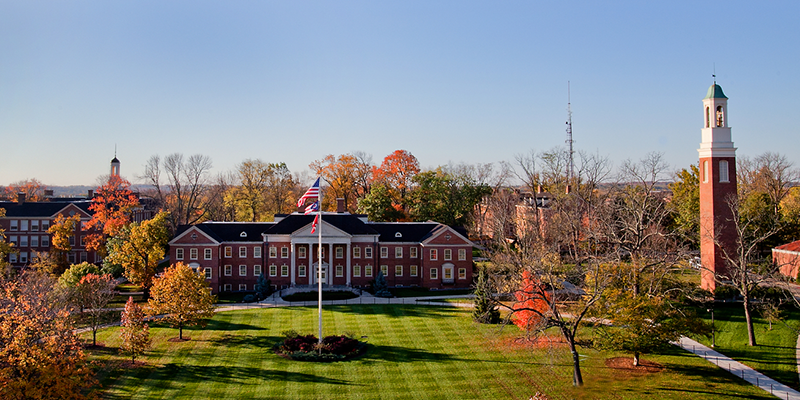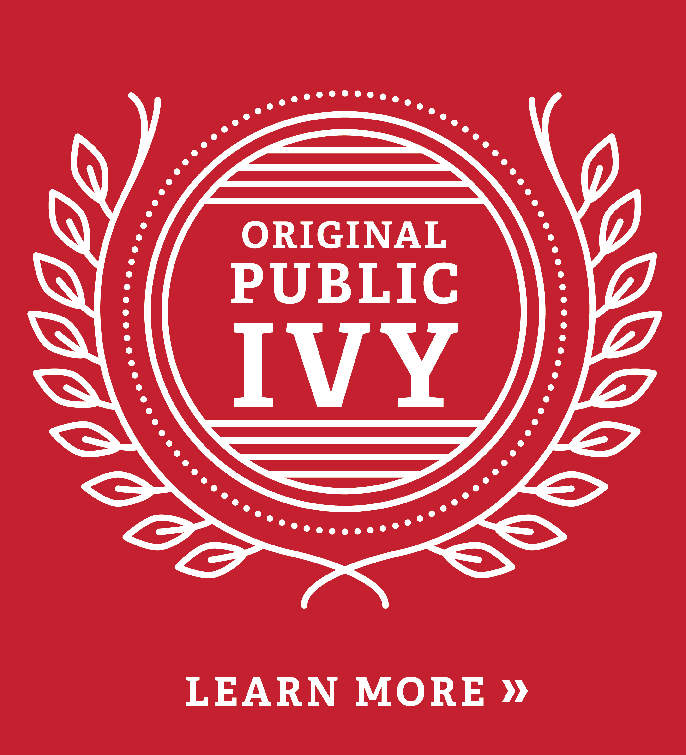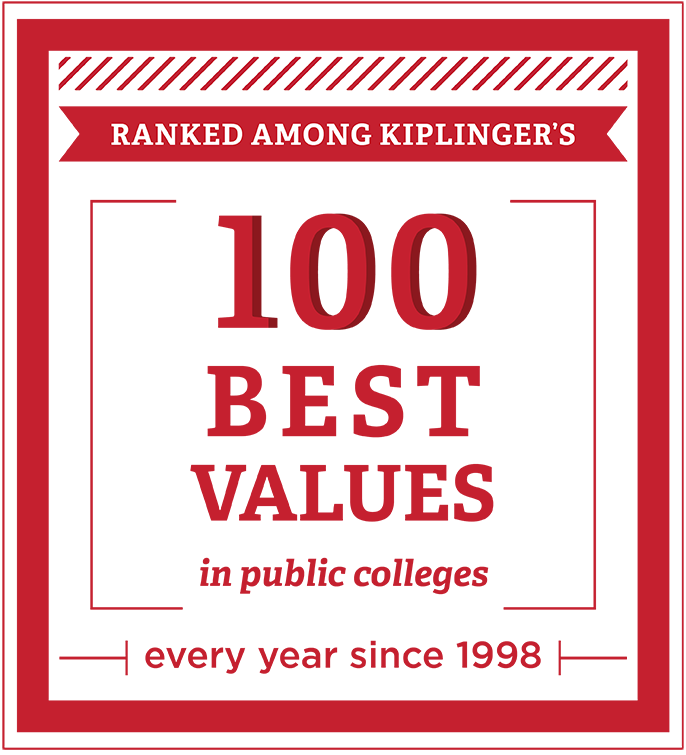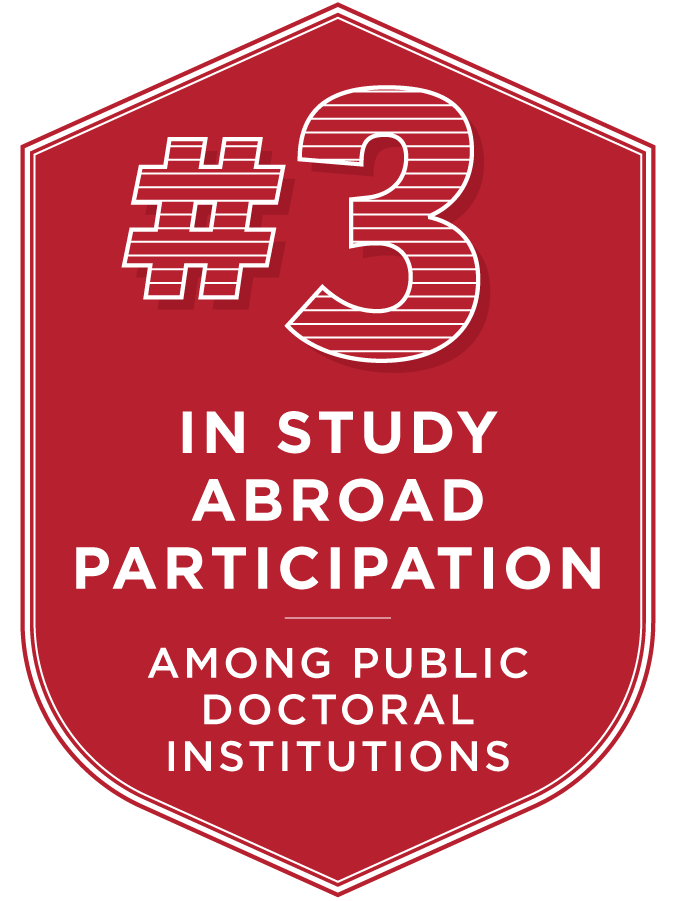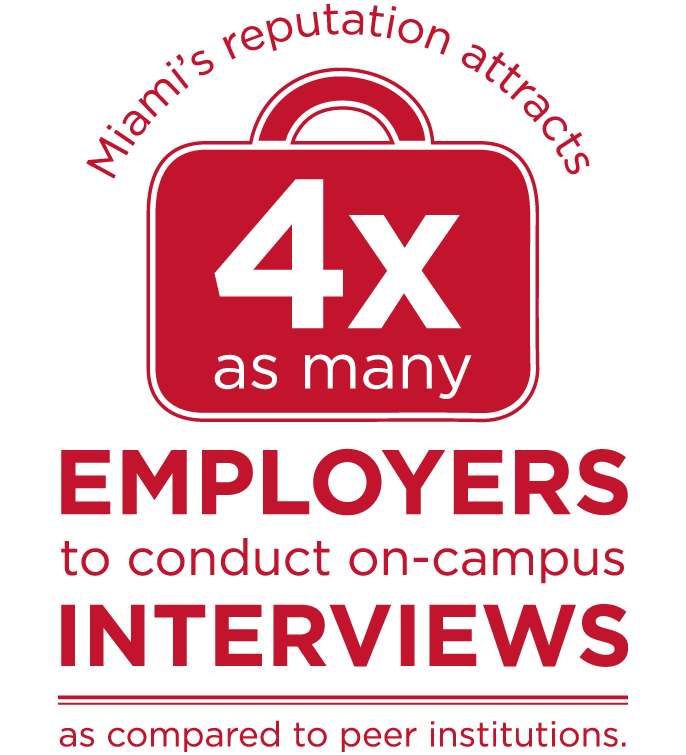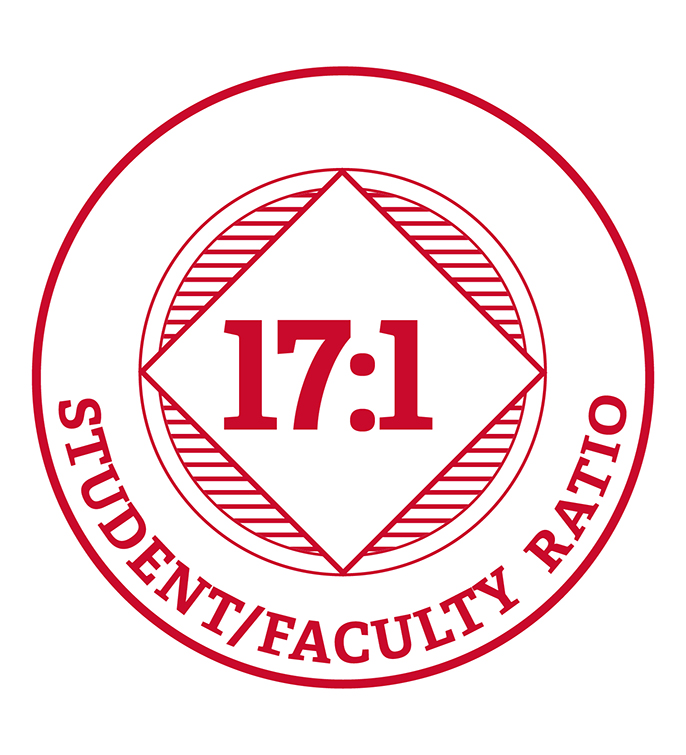Annual Address 2015
David C. Hodge
September 9, 2015
Miami has also been innovative with graduate education. Two of our most recent PhD degrees, Cellular, Molecular and Structural Biology, and Ecology, Evolution and Environmental Biology are based in an interdisciplinary framework. The Masters in Social Work was created as a joint degree offered with Wright State University. The Low-Residency Master of Fine Arts in Creative Writing Program is a four-semester course of individualized study designed to help poets, fiction writers, screenwriters, creative nonfiction writers, and hybrid-genre writers hone their skill and master their craft.
These examples reflect successful innovations and suggest further steps to continue the momentum of creative change. In keeping with those qualities that support creativity and innovation, they stress new techniques for engaging our students in learning, adopting new technologies and providing expanded sets of opportunities to “do,” to deepen experiential learning. The continued rapid change in technology will create many more opportunities for us to innovate in the future. These examples also reflect seizing the opportunities to reimagine how courses and programs might be restructured to expand offerings that better fit student needs. Innovations in the structure and format of programs and program offerings, building on our strengths, can significantly increase our impact.
As I noted above, research and creative expression are by their very nature innovative activities as we seek new knowledge and new ways of seeing the world. They also are at the core of our learning and discovery environment that defines our student experience. Thus, innovations in research can have far-reaching effects. Miami’s Center for Aquatic and Watershed Sciences, for example, recently opened a new lab at Lacawac Sanctuary, a member of the Global Lake Ecology Network that leads to the purposeful sharing of our comparative research around the world. The College of Education, Health and Society is focusing on a holistic integrated approach, the Imagination Immersion program, to develop and use creative approaches to respond to a real world problem that the EHS community can solve using EHS resources and indeed, university resources imaginatively. Through the College of Engineering and Computing, Miami is one of 122 universities that recently signed a letter committing them to contributing in every way possible to the 14 Engineering Grand Challenges identified nationally.
These examples demonstrate the power of interdisciplinary teams to pursue especially innovative opportunities. How can we better coordinate and support these activities? How can we both better support the individual scholar/creator as well as foster the opportunities for groups to form around significant issues and themes? Is this an instance when our ability to construct virtual communities could lead to more innovation? Finally, how can we consciously organize ourselves around challenges as the example of EHS and CEC demonstrate? How can we use these challenges to deepen our sense of purpose and mission by bringing to bear our collective research efforts to address critical issues?
Such academic initiatives have been complemented by our extraordinary success in adopting Lean management initiatives that have improved processes and created new resources for University priorities. While these efforts have been overwhelmingly in the service functions of the university, many are emerging in the academic sphere as well. More than 2000 individuals have had some level of Lean training, more than 650 projects have been completed, and the total financial impact has been nearly $30 million with much of that impact ongoing, thus allowing us to invest critical resources in priority areas such as salaries and scholarships. As significant as this financial impact has been, perhaps the largest impacts, certainly with respect to our goal to be a more creative and innovative university, are the impacts these efforts have had to improve the quality and effectiveness of a wide variety of university activities and in stimulating more innovative thinking among our community. Lean has also been used to increase revenue streams and to push for “green” initiatives.
Clearly, this program has produced great results and been a huge source of encouragement for innovative thinking. Unfortunately the term “Lean” suggests a simple reducing resources effort which is not what drives Lean. I hope, therefore, that we can find a better name to describe the program—a name that will focus on the value and opportunities it has given us to use creativity and innovation to use our time and energy more wisely, to eliminate unnecessary actions that frustrate us all, to create new effective structures and activities, and to generate better outcomes.

